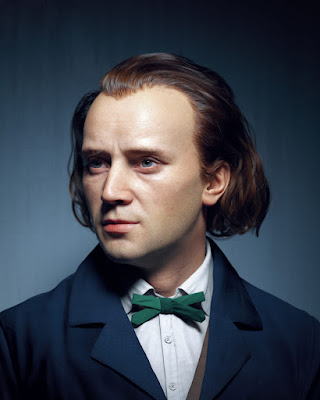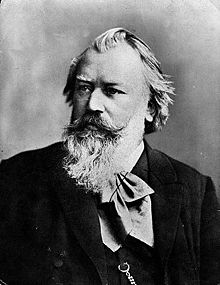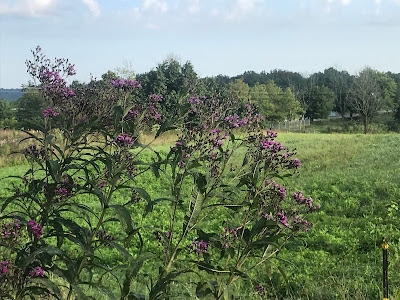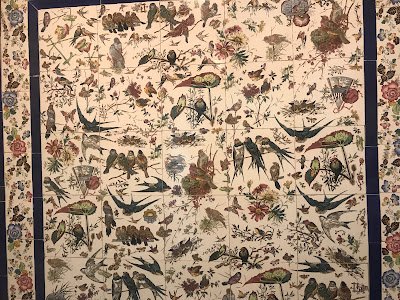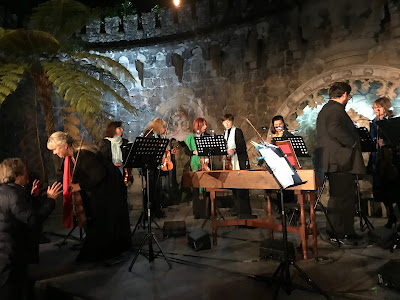This Time With Music
This should have been yesterday’s post. But yesterday I hadn’t yet watched a televised recording of what I witnessed in person the evening before, albeit from a distance.
It’s been our habit lately to watch the 4th of July fireworks on D.C.’s mall — the same ones that appear in living rooms across the land — from a ridge in Arlington, across the Potomac. While this provides a hassle-free and far-off glimpse at the gorgeous display, it doesn’t supply a soundtrack.
I got that yesterday, when I took in the replay of what I watched live Tuesday night. This time there were no toddlers jumping on and off my lap, but there was Renee Fleming singing “My Country ‘Tis of Thee” and the National Symphony playing “1812 Overture.”
It was fireworks with music. It was what I’d been missing.


